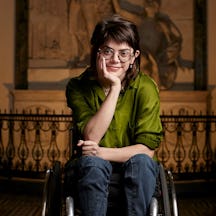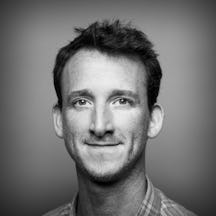Grace Spence Green's life changed when a man jumped off a balcony in a shopping centre and landed on her. In this extract from her book, she takes us through the subsequent hours, days, and weeks spent in hospital as a newly disabled patient.
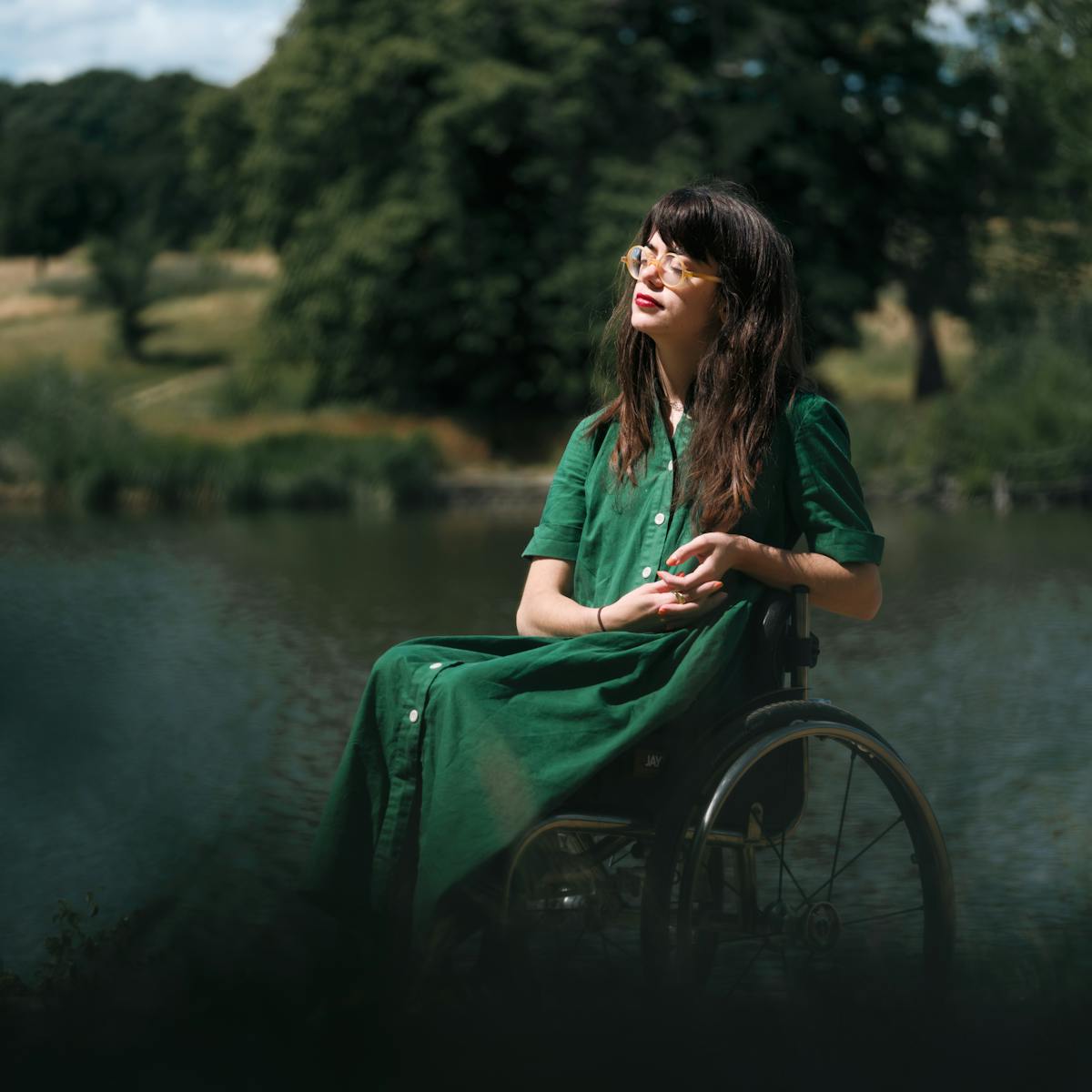
17 October 2018: Trauma call, brought in by London Ambulance Service
Mechanism of Injury: While in a shopping centre, a man jumped from a THIRD or 1st floor balcony onto the patient herself. The patient does not have any recollection of the event. She woke up to find people surrounding her.
Background: 4th Year medical student at King's College Diamond-Blackfan anaemia previously requiring blood transfusion [sic].
On Arrival to ED Resuscitations: GCS 15 but not moving her legs. Reporting complete loss of sensation from her mid-chest down to her feet. Primary Survey: No obvious external injuries identified.
Examination of Her Limbs:
Upper Limbs: Normal tone, reflex, sensation to light touch and coordination.
Lower Limbs: Reduced tone, power (0/5), reflexes (unable to elicit), no sensation to light touch (from T5 level downwards). No proprioception either.
ED Belongings: No valuables with patient. All clothes cut off.
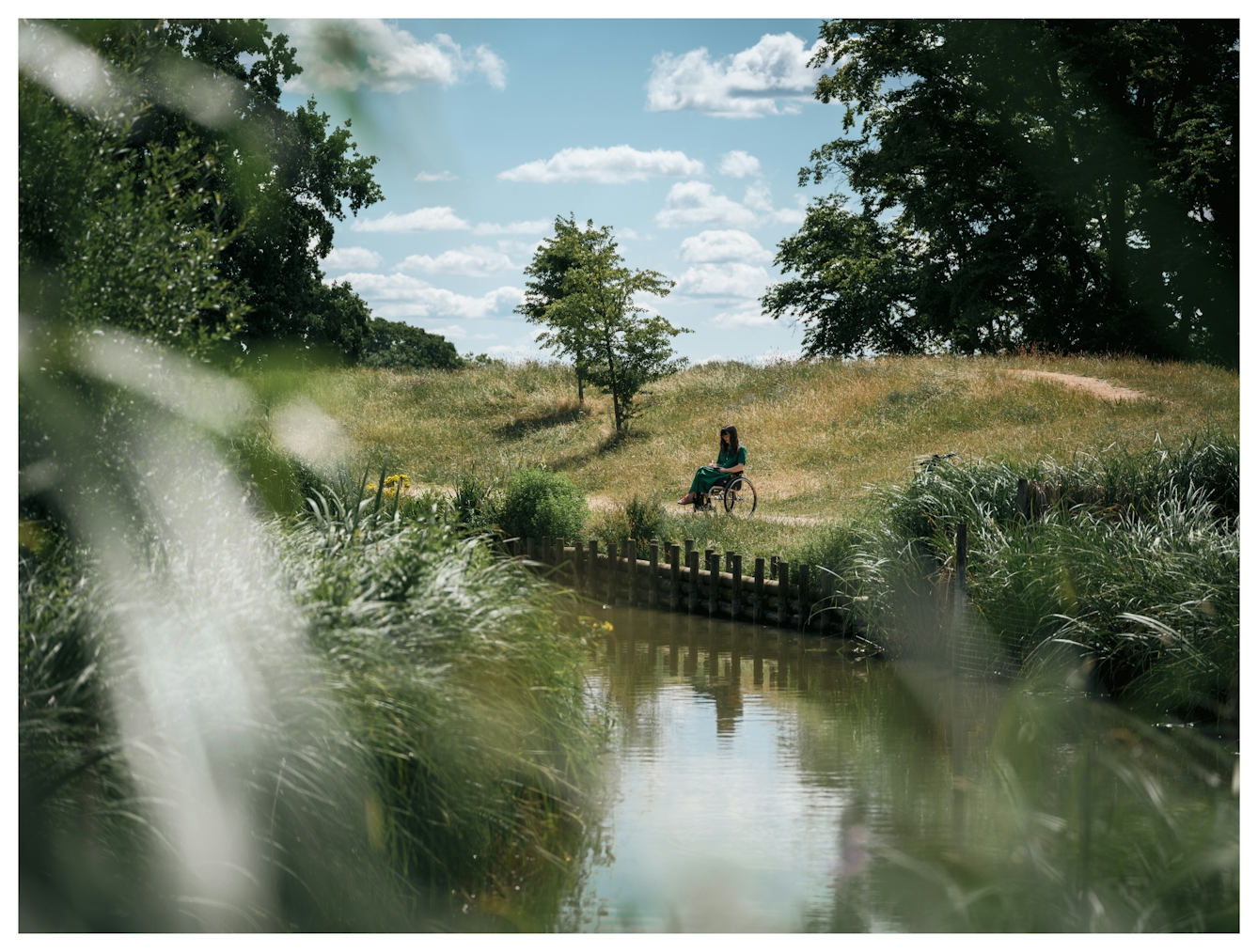
Grace Spence Green.
Admissions
This is how it began. I lay on a cold, hard hospital bed in the Royal London A&E on the evening of the 17th of October 2018. My boyfriend, Nathan, had rushed to the hospital as soon as he got the call. He could see the man who jumped and landed on me lying in the bay next to mine. He couldn’t see his face; only his legs, which were moving. He was crossing one over another. Mine were not moving, although I don’t notice that then.
Tipsy on morphine, in that moment, I was not aware what had happened to me, what was happening to me, and what would happen to me tomorrow. I had lost all control.
When I opened my eyes again, it was the morning after my spinal cord injury. An anaesthetist with long hair was sitting next to me. I think I must have been crying, because he said to me, ‘I know, this is just shit, isn’t it?’ Preparing for titanium to be bolted into my spine to hold my shattered vertebrae in place.
Perhaps he was so important to me because he was the first doctor I remember after my injury. The first face I saw. I trusted him. My memory of him has become blurry over the years, shapes and colours with a kind voice. But his words have stayed with me. These days, I sometimes ask myself: will people remember me like I remember him?
I had spent long enough sitting with anaesthetists as a medical student to understand how important their job is. They may get less glory than surgeons, but when things go south in the operating theatre, they are the ones in control. For the next eight hours, it would be up to him to keep me alive.
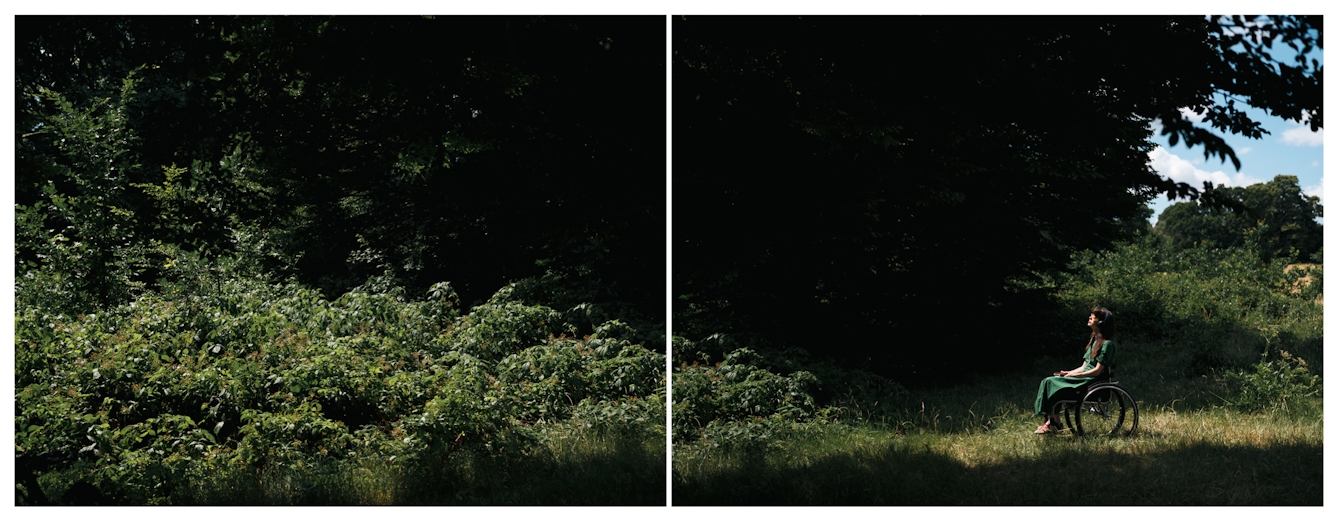
“My memory of the anaesthetist has become blurry over the years, shapes and colours with a kind voice. But his words have stayed with me.”
The high-dependency unit
I was called into surgery earlier than expected, and so my parents and Nathan didn’t arrive in time to see me before I was moved. Much later, I learned that the surgeons had to stop mid-surgery to ask my parents, who were anxiously waiting for news, if they consented to them cutting up to the base of my skull, to check that the fractured bone at the top of my neck didn’t also need to be bolted into place.
Sometimes, late at night, I imagine myself, face down, layers of skin and fat and muscle splayed out to reveal my bones, waiting for the operation to restart. When I finally came out of theatre, Nathan and my parents couldn’t find me. After frantically searching up and down the hospital wards, they finally reached me, soaked in the orange iodine used to disinfect me during the operation, confused and crying.
From there, I spent the first week in the high-dependency unit, a strange, strange place. A warm, fuzzy, opioid dream. I was on patient- controlled analgesia, a button attached to a drip that meant I could click to receive a dose of morphine whenever I needed it. It was like being smothered in a warm blanket. I was barely conscious, floating on a cloud.
After four days in that orange light, once stable, I was stepped down from the high- dependency unit to a ward on the eleventh floor, mostly housing patients with strokes and brain injuries. Off the IV morphine, I became more trusting of my body; my existence no longer felt so precarious. The clouds began to clear, and I began to write every day.
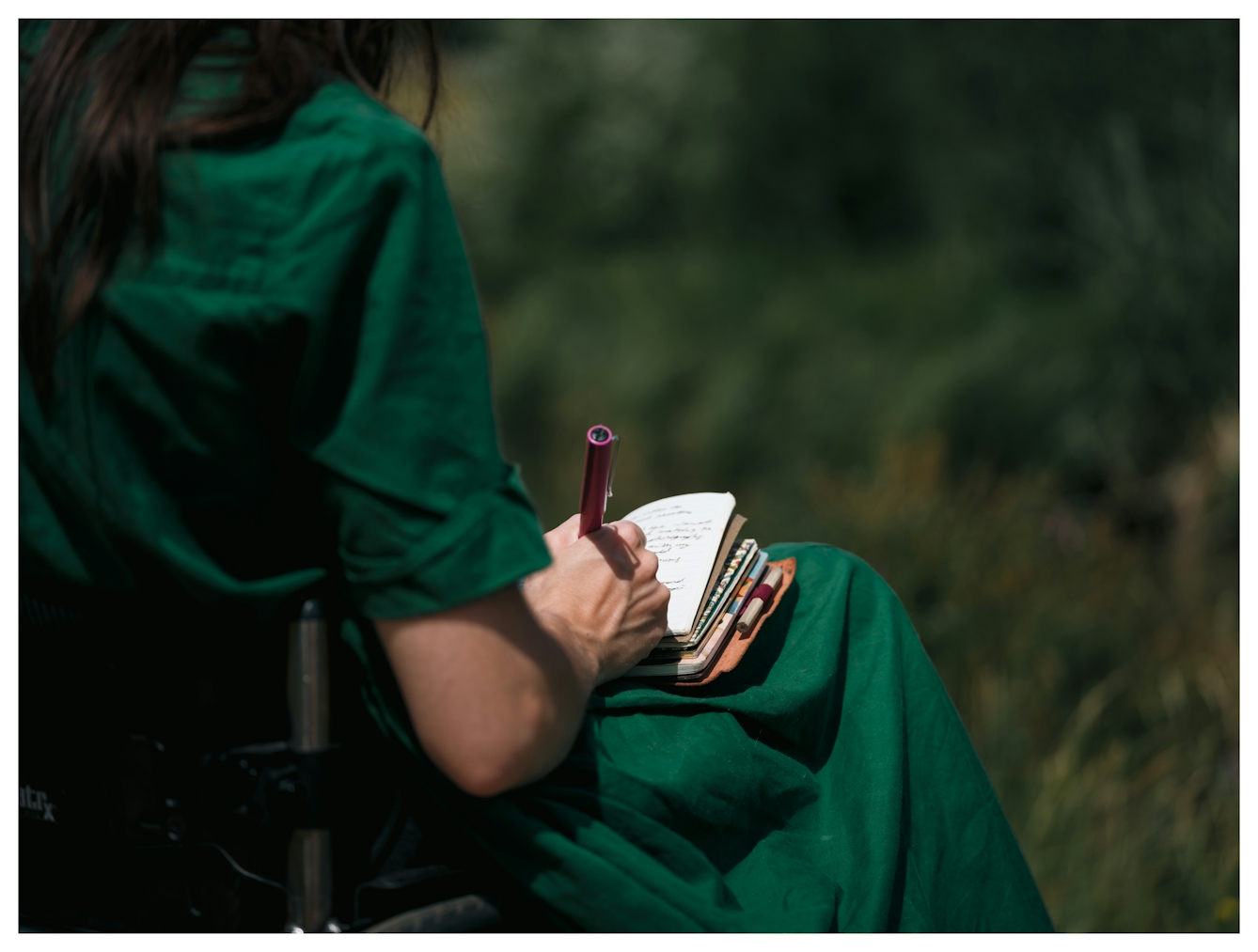
“Off the IV morphine... the clouds began to clear, and I began to write every day.”
My body was not my own in those next two weeks on the ward, as I was passed over from one healthcare professional to the other, to be touched and prodded and rolled and washed and carried. I needed to be turned on the clock every few hours. To be cleaned when dirty. I was struggling to grasp the reality of what had happened, and what it all meant – what it would mean.
I remember clearly the first time I saw my scar. A cheerful junior doctor rolled me over and took a picture on my phone before he took the staples out. I looked at the screen, but I couldn’t understand what I was seeing. Twenty- six metal staples from the top of my neck down to the middle of my back in a straight line, and a little stitch on the side where I’m assuming a drain was put in during the surgery. It was the neatest surgical line I’d ever seen. Was it real? Was that really my back?
I didn’t feel it, I still can’t feel it now. It looked too straight, like it had been drawn on.
I had a bloodless injury, one that was clearly very serious, but when I looked down at myself I didn’t see anything wrong. I had woken up in a new body that looked the same as my old one. The distance between the catastrophe I was told had occurred, and what I could see, was too vast. How was my brain supposed to bridge this gap? The surreal nature of the event, the lack of blood and bruising was all fuel for my denial. How could I have gone through something so huge, and yet appear exactly the same?
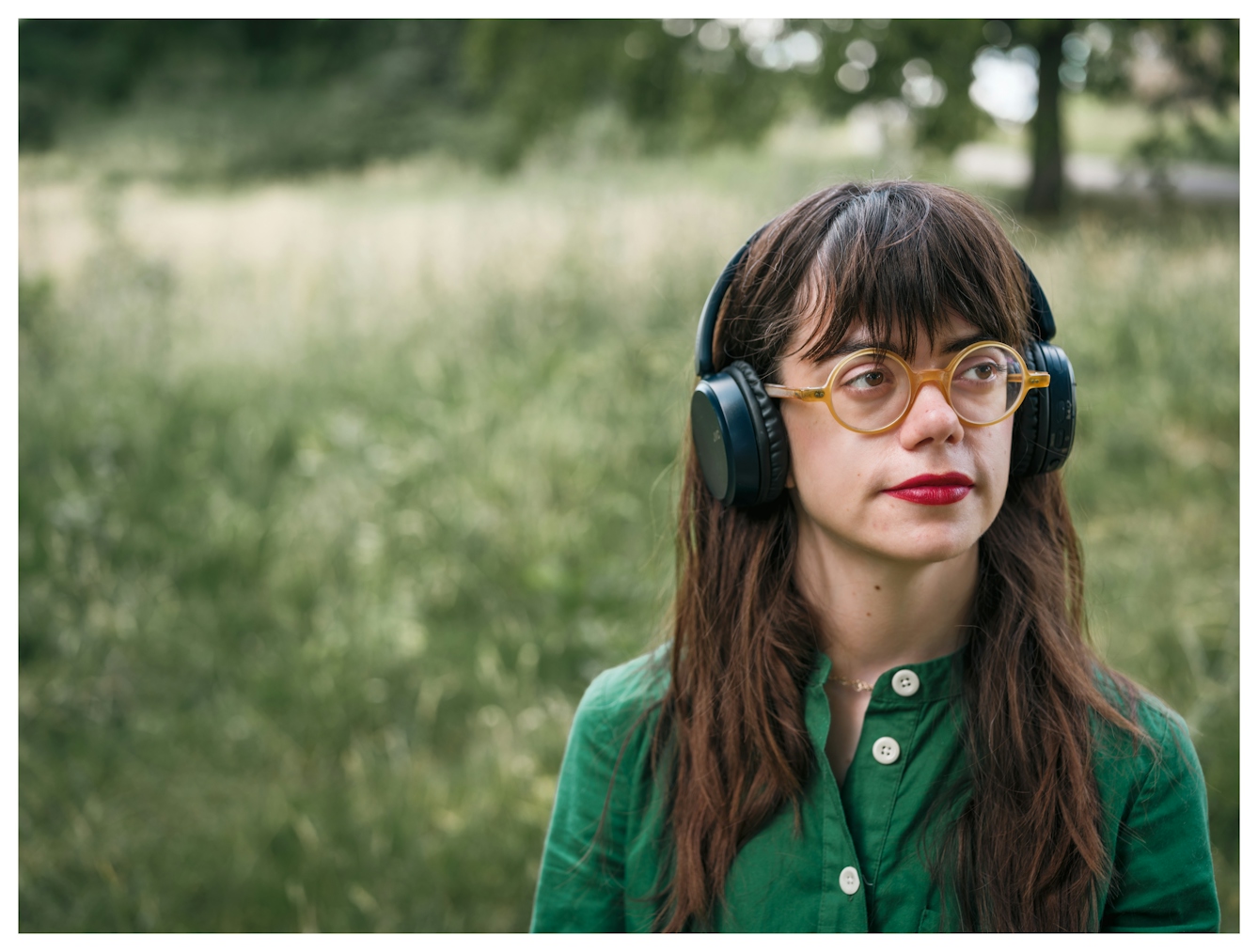
“When I looked down at myself I didn’t see anything wrong. I had woken up in a new body that looked the same as my old one.”
Getting my diagnosis
On day three or four in the HDU, my charming and confident orthopaedic surgeon, Mr Bull, came to speak to my parents and me. He was the one who had drilled my spine back together. He was explaining my diagnosis; a T4/T5 spinal cord injury. Paralysis just below my breastbone. I remember daring to put my right hand under the bedsheet while he was talking to touch my thigh, and shuddering. It was unreal. Feeling my leg and not feeling my hand back.
I would spend many nights in that hospital bed, listening for hours to nurses talking to me about God, praying for me, telling me that I only had to believe to recover. I barely understood what I had lost. I think back to a moment around that time when I was crying, surrounded by my family and only able to state the obvious: ‘This is all very sad, isn’t it?’
Friends and family could visit me freely now that I had moved to a standard ward and was not so acutely unwell. I felt a huge pressure once these visits started up, to tell them it was going to be okay, that I was fine – anything to placate their wide- eyed, tearful faces. To make them feel better about the awful situation I was in. I was split in two – smiling faces and superficial conversation in the daytime, and then the night would start: bleary eyes, lights on, nurses’ chit- chat, roll me over, repeat. Incontinence. Crying in the dark.
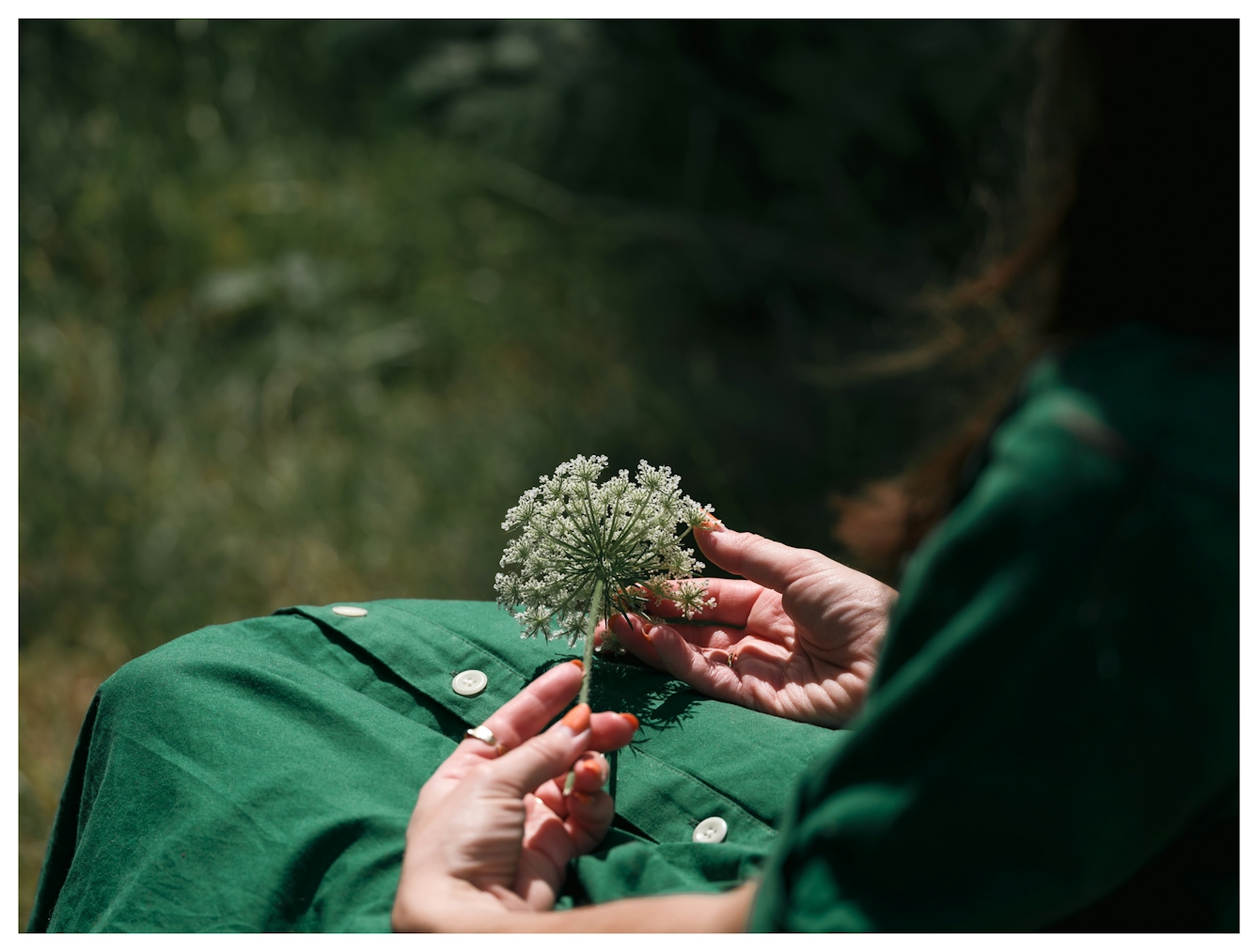
“I was split in two – smiling faces and superficial conversation in the daytime, and then the night would start. Crying in the dark.”
Hoisted in hospital
Soon I was allowed to be hoisted on to the chair next to my hospital bed. I was excited to be able to sit up for half an hour at a time, having spent so long horizontal.
Two healthcare workers I hadn’t met before came into my room, dragging along with them a large, ungainly machine on wheels that had two large metal perpendicular arms. Hanging from them was a fabric sling, meant to hold me and lift me out of bed. I watched as they tried to work the machine, fiddling with buttons and wires.
They moved on to working out which of my limbs were to go into the different loops of the sling. It was clear they were lost at this stage too and I felt no confidence in them. Finally, they decided they had it figured out. Using the remote they turned on the machine and, like a claw grabber at a funfair taking its winnings, it slowly lifted me up.
As I swung in the air, I felt myself slipping out, the slings that were supposed to be around my hips now making their way down my thighs. The harness folded me in half, my chin resting on my knees as I hung in the air.
After what felt like an eternity suspended up there, they lowered me down and tried again, this time succeeding in manoeuvring me into a chair. Once sitting I immediately become hot and dizzy. I could not cope with the change in position, my head suddenly upright after spending so long lying flat, and I threw up green bile.
Just before my injury, Nathan and I had been watching Twin Peaks. After the villain, Leo, is shot and sustains a brain injury, he is left in the care of his ex- girlfriend and her new partner. There is a scene where an eccentric hoist seller comes to their house. As Leo dangles from an exaggeratedly tall machine, he is swung around the room and crashes into the walls; a slapstick horror show. Suddenly it felt painfully close to home. I was learning quickly that I would have to advocate hard, even for basic needs. I felt completely at the whim of others, not only as a patient but a newly disabled one.
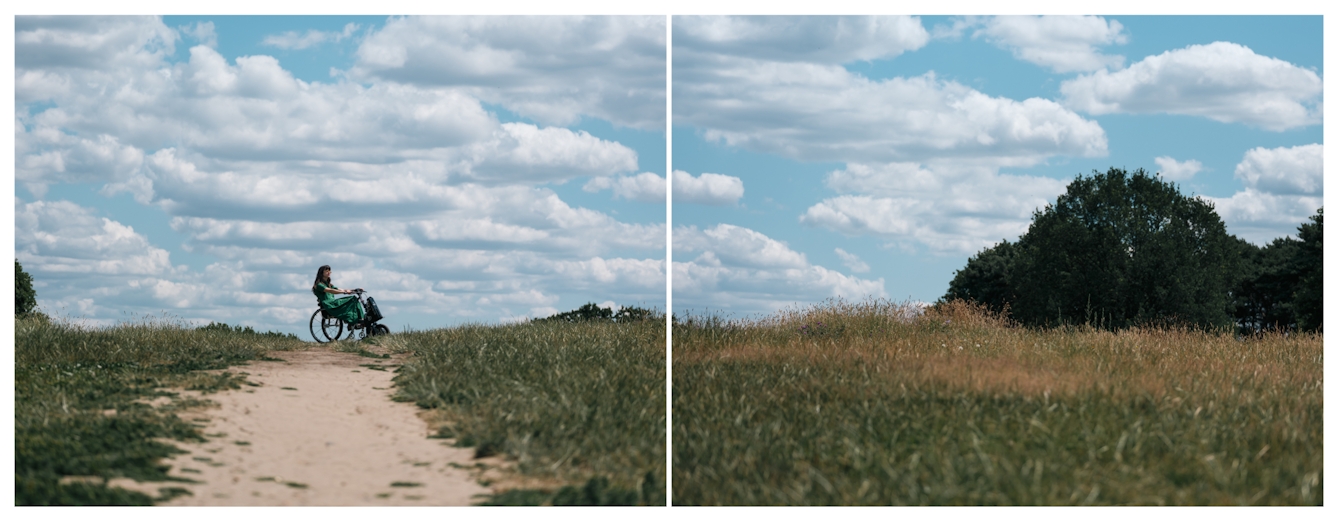
“I was learning quickly that I would have to advocate hard, even for basic needs. I felt completely at the whim of others.”
Protecting patient dignity
Being a patient often means being in a highly fragile, highly dynamic state. It was for me. It was a time I had never felt more vulnerable, but also a time I had never felt more loved. I was buoyed by late- night conversations with nurses and healthcare assistants while they cleaned and dressed me when I couldn’t do it for myself. Some days I wrote down their names, and it’s funny looking at them now because I have no idea who Stella and Charice are. They must have felt so important to me at the time.
It’s hard to recall all the painful moments I experienced in what would stretch into three months as a patient, but the damage has been long-lasting.
Pieces of me were taken away after every invasive test, every assessment. After every indignity. Many may well have been necessary but all the same, awful. So often I felt as though I wasn’t a human being any more.
I have no residual traumatic memories from that day in Westfield; I hardly remember it. But the hours, days, weeks and months that followed, when my body was passed over and over, when I felt I was in control of nothing, left a lasting impact.
As determined as I was to recover, to wake up every day, there was a horror in all of it that I couldn’t fully comprehend until I left hospital. It’s a horror that took me years to process, and I still find myself flinching, closing up, freezing when touched at times. It has taken me years to get over.
I am aware that, in medicine, we must do some inevitably uncomfortable, inevitably painful things to patients every day, but we must be able to do this without victimising them at the same time, so people can leave with their sense of self intact. That is our purpose. To make the horrifying as bearable as possible. It has made me determined to protect the dignity of my own patients, in any way I can.
'To Exist As I Am’ is out now.
About the contributors
Grace Spence Green
Grace Spence Green is a junior doctor working to challenge the narratives surrounding disability, medicine and identity. In 2018, aged 22 and a fourth year medical student, she sustained a spinal cord injury and is now a full-time wheelchair user. Since her lifechanging injury, Grace has become a passionate advocate for the disabled community, appearing in the BMJ and Guardian, and across TV and radio.
Benjamin Gilbert
Ben is a senior photographer for Wellcome. He is happiest when telling stories with his photographs, whether that be the health implications of rural-to-urban migration in India, or the dedication of the workers who power the NHS.
